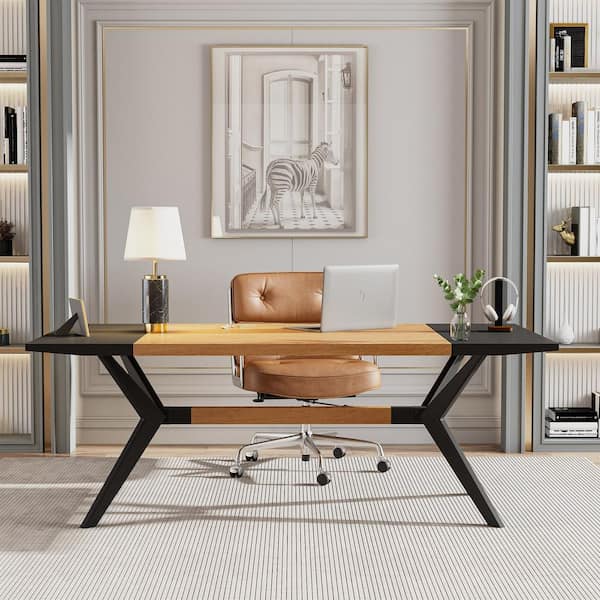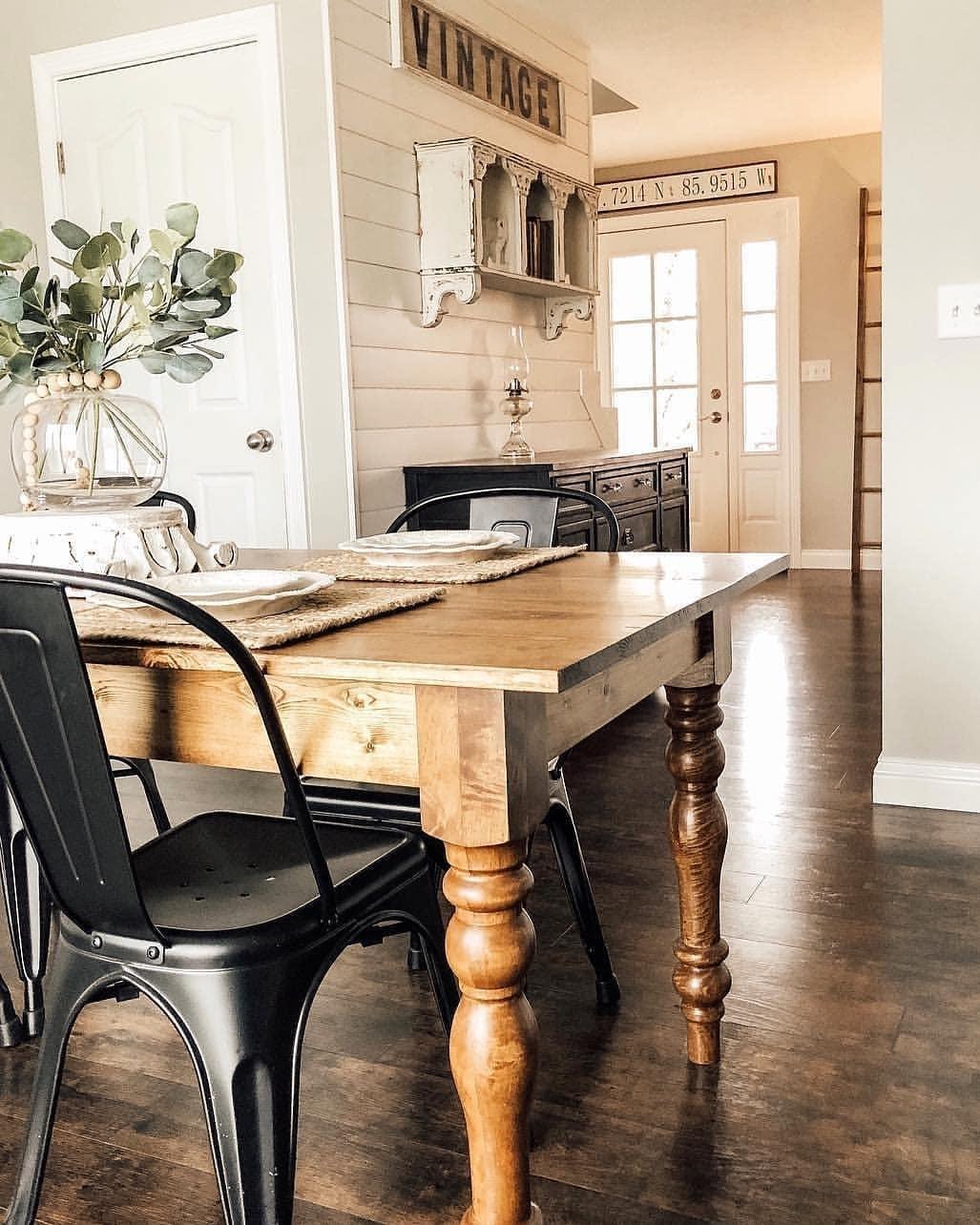Exactly how to Pick the Perfect Dining Room Table Legs for Your Home Design
Exactly how to Pick the Perfect Dining Room Table Legs for Your Home Design
Blog Article
Selecting the Perfect Dining Table: What Styles Work Best for Your Home?
Picking the ideal table for your home can be a nuanced process that stabilizes aesthetics and capability. Whether your area leans in the direction of standard style, modern-day minimalism, rustic charm, or industrial posh, the variety of designs available can deal with varied tastes. Each style offers distinct advantages and challenges that can either improve or disrupt your eating area's consistency. Recognizing just how various products, forms, and sizes connect with your existing style is crucial. To browse these selections successfully and find a table that genuinely matches your home, think about the adhering to facets thoroughly.
Analyzing Your Room
Evaluating the measurements and layout of your dining location is an essential initial step in choosing the excellent eating table. Begin by determining the size and width of the space, representing doorways, home windows, and other architectural attributes that can influence table positioning. This makes certain that your table not just fits yet also permits for comfortable movement around it.
Think about the number of individuals you normally entertain. A table needs to accommodate your family's daily needs while supplying sufficient flexibility for occasional guests. As a regulation of thumb, allocate at the very least 24 inches of table size each to ensure a comfortable eating experience.
It's likewise necessary to keep suitable clearance around the table. Preferably, there must be at least 36 inches between the table side and wall surfaces or other furnishings, enabling very easy accessibility and motion. For areas where chairs with arms or additional storage space units like buffets are involved, raising this clearance to 48 inches is suggested.
Lights and ambience play substantial roles also. Make certain that your table lines up with existing illumination components or prepare for adequate lighting solutions. This thorough spatial evaluation warranties that your table not only fits physically but likewise harmonizes with your room's general performance and visual.
Popular Table Styles

Traditional dining tables typically include ornate information, bent legs, and rich wood coatings, evoking a sense of ageless style. They are best for homes with timeless style or those looking to include a touch of elegance to their dining location.
Modern eating tables focus on simpleness and clean lines, commonly incorporating materials like glass and steel. These tables are excellent for modern areas, providing a streamlined and minimalist appearance that matches minimalist style philosophies.
Rustic table, on the various other hand, emphasize all-natural products and a handcrafted appearance - dining room table legs. They frequently include redeemed timber and a troubled finish, producing a cozy and inviting ambience. These tables work well in farmhouse-style homes or those looking for a cozy, organic feel
Industrial dining tables combine raw materials such as metal and timber, usually showcasing a practical aesthetic. This design is fit for lofts or city spaces, adding a touch of rugged beauty and longevity to the eating experience.
Each style offers unique benefits, making it important to select one that aligns with your home's general style and your individual choices.
Material Selections
When picking a table, the selection of product plays an essential duty in establishing both the table's looks and functionality. Timber, steel, glass, and composite products each offer one-of-a-kind advantages and difficulties, making it imperative to straighten the product with your home's decor and way of life requirements.
Wood is a timeless and flexible alternative, readily available in varieties such as oak, walnut, and mahogany. Known for its durability and heat, timber complements both typical and contemporary interiors. Nonetheless, it calls for routine maintenance to protect against scratches and warping.
Steel tables, often crafted from stainless-steel, aluminum, or wrought iron, are commended for their contemporary appeal and effectiveness. website here They are particularly matched for industrial or minimalist settings however can be susceptible to damages and may feel cold to the touch.
Glass dining tables bring an air of sophistication and visibility, ideal for smaller spaces as they produce an impression of more area. While simple to tidy, glass can be vulnerable to smudges and needs cautious taking care of to stay clear of chips and fractures.
Composite materials, such as MDF and plywood, deal cost-effective and personalized services, though they may lack the durability of natural products. Choosing the right product guarantees your eating table is both a practical asset and an aesthetic pleasure.
Forming and Size Factors To Consider
After figuring out the proper material for your table, the following factor to consider is picking the best form and dimension to fit your space. The form of the table considerably influences the area's aesthetic and performance. Rectangular tables, one of the most usual form, are suitable for bigger areas and can accommodate a greater variety of visitors. They likewise permit a much discover this info here more formal eating experience. Alternatively, rounded tables promote a feeling of affection and are excellent for smaller sized dining areas, urging discussion by getting rid of corners and making everyone feel similarly consisted of.
As a policy of thumb, designate at the very least 24 inches of table size per individual to make certain comfortable dining. Additionally, take into check this consideration the table's clearance space: there must be at the very least 36 inches between the table side and the wall surfaces or various other furnishings. Expanding tables use versatility if you often hold bigger events, supplying added seating when needed without inhabiting added area daily.
Matching Your Design
Picking a dining table that balances with your existing design is pivotal in developing a cohesive and welcoming room. Begin by evaluating your current interior decoration style, whether it be contemporary, typical, rustic, or eclectic. The eating table must enhance the overall visual, not take on it. A smooth, minimalist table with clean lines is ideal for a contemporary home, while a vintage, elaborate table suits a much more conventional setup.
If your decor features warm tones and natural products, think about a wooden table to enhance the natural feel. Alternatively, a glass or steel table may be a lot more appropriate in a space controlled by awesome colors and industrial elements.
Structure plays a crucial duty also. A rough-hewn, reclaimed timber table can include personality to a rustic space, while a polished marble surface area can boost a lavish dining location. Finally, think about the scale and percentage of the table in connection with the area size and existing furniture. A well-matched table not only enhances visual appeal but also enriches the general eating experience.

Final Thought
Choosing the suitable dining table necessitates mindful consideration of space, design, products, shape, and size. Traditional tables enhance traditional insides with abundant timber coatings, while modern-day tables match contemporary settings with glass and steel.
Report this page